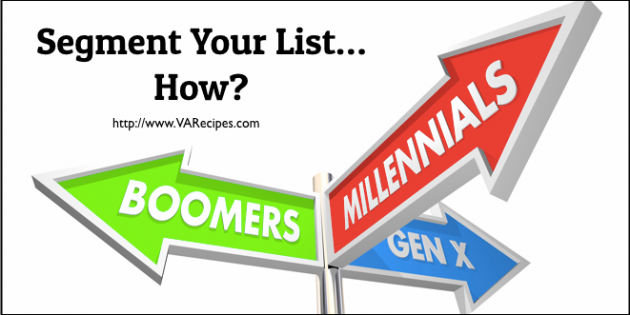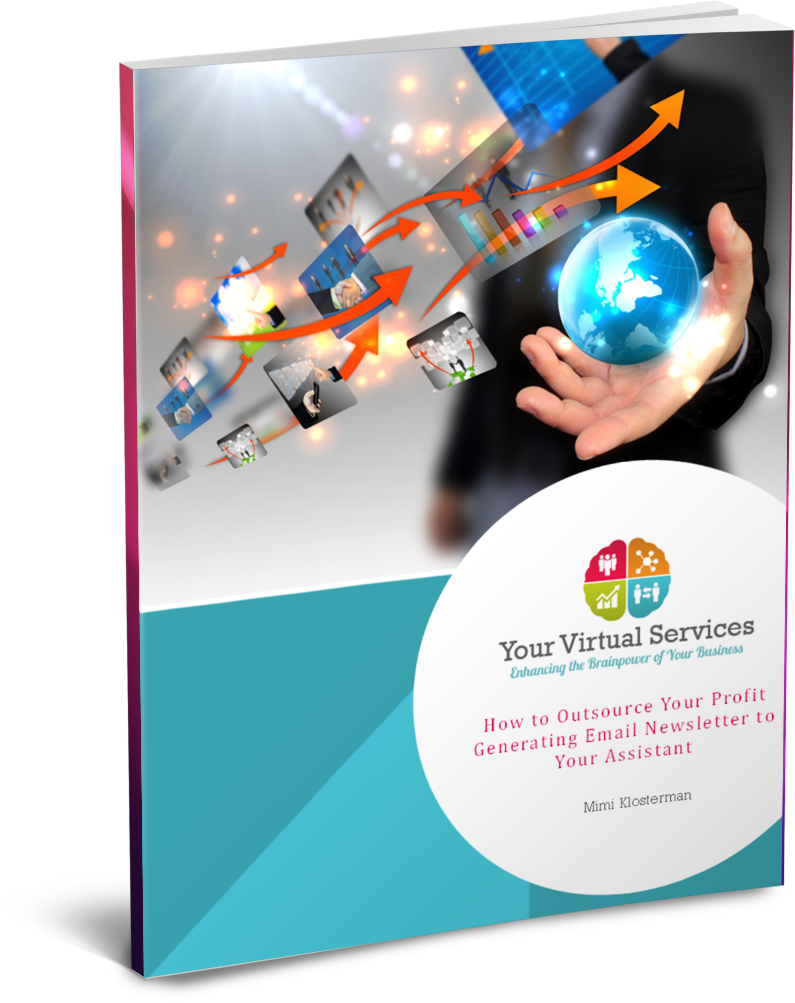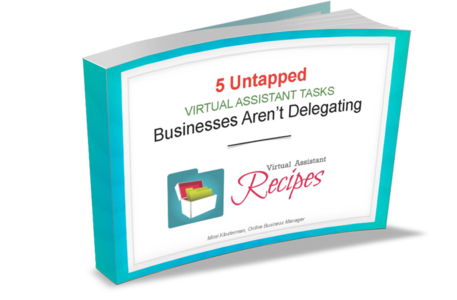Segment your list… how do you do it?
You can read the first part here: Nurture Your List and Build Relationships [Part 1 of Email Welcome and Newbie Series]
Within every target market, there are sub-segments. The more you can segment your list the better. Segmentation starts at the signup when they want info about a specific topic or solution. For instance, social media marketing is a subset of a broader niche – marketing. Segmented, or niched down, lists get more opens and clicks because the benefits are very specific to the needs of that subset of subscribers.
So here are ways to segment your list.
Personal Demographics
Knowing your audience’s demographics can help you segment your list. Some demographics to consider are income, sex, age, gender, location, etc. For B2B audiences, company position, education level, and business type might be helpful.
Quiz Results
Surveys and quizzes can provide a lot of information as well as fun. For example, if you offer various levels of services or products, you can use a quiz to send them to the right offer. This will segment them based on their answer, and ultimately the type of info or the niche subsection.
Email Engagement & Behavior
Your subscribers can segment themselves, based on what they click to access. Focus on the people who take action occasionally. Get tougher with people who don’t read or take action. You can remove them from the list, unless they are affiliates, or just set their accounts to “don’t email.” This opens up a spot for someone who actively participates or engages.
Geography
Use the geo-location demographic if you want to do certain things with people from a specific place. For example, you can target a certain state or city. By focusing certain offers on geography, you can get more responses to local events.
Purchasing Behavior
When a list member purchases your product, it’s important to move them to a “customer list” or “product list” so they don’t keep getting the same promo to buy something they already have. This helps to move them through to the next level of your sales funnel.
Spending Behavior
Segmenting by spending behavior is very helpful. Let’s say you offered a high-priced product and some people bought it. Move them to the product list and put them on a price-based list, such as “systems,” for people who make high-priced purchases.
Their Place in The Buying Cycle
Every customer has a general buying cycle, it goes something like this. Awareness, assessment of competition, alleviation of risk, decision making, and then finally achievement of results, based on the purchase decision. If you know where your audience member is in this cycle, it’s easier to ascertain what type of content to offer, for example a downsell of the item or a similar more affordable product.
Behavior on Your Website
You can segment your audience by their behavior on your website. Offer various opportunities to your website visitors, including freebie offers, low-cost options, and more. Each choice they make can move them to the right list, if your autoresponder has this option.
Personal Interests
Knowing your audience’s personal interests can help you provide more relevant solutions as well as meaningful, related, stories and examples. Ask them to check a box identifying an interest, which will trigger them to be added to a specific autoresponder based on the interest selected. Ensure that these interests are related to your niche.
Segment your list using your autoresponder’s technology. Some allow you to build one big list and use tags to segment your list, based on how users sign up, what they buy, as well as other behaviors. Some autoresponders require you to create a list for each scenario and use different methods to get them on the list. However, you do your segmentation; get the best technology you can afford. Some of the best choices are aMember.com, AWeber.com, Drip.com, and Convertkit.com.


